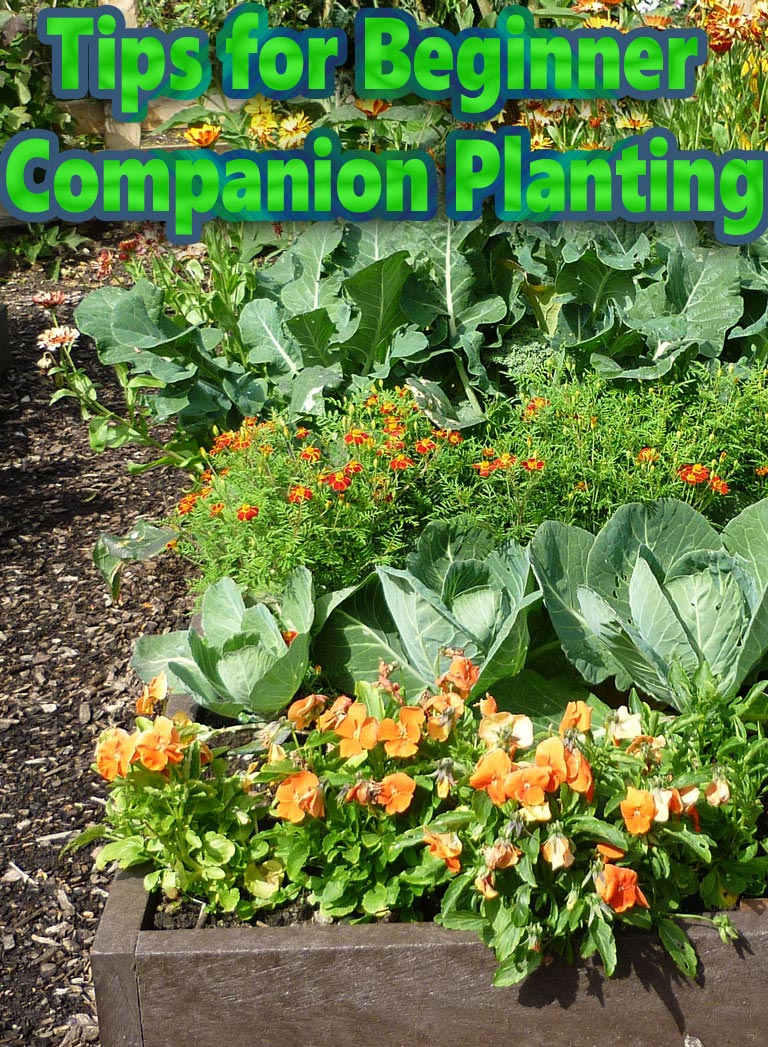
Tips for Beginner Companion Planting
While it takes time to learn the intricacies of companion planting, there are a few things you can do to get started. If you’re interested in reducing fertilizer usage and helping your plants grow, consider some of the following beginner techniques.
Beans
Apparently beans work well with everything because they can live individually or in a community. Beans also enrich soil, and as a result, can improve the conditions for any nearby plants.
Some great companion plants for beans include carrots, celery, chard, strawberries, eggplants, beats, radish and corn. That’s a whole lot of use out of one plant!
Golden Harvest Organics does warn to not let the beans reach maturity because the plant will stop producing. You also don’t want to pick them off the plant when they are wet because it can spread disease.
Tomatoes and Carrots
Tomatoes and carrots are best friends in the garden. In the critically acclaimed book, Carrots Love Tomatoes, the author details why carrots and tomatoes are a companion planting love story.
Tomatoes give carrots shade and they secrete a substance that repels insects for carrots. Carrots also break up the soil so tomatoes can easily get the nutrients like air and water. Oh, and they both like beans.
There’s just one caveat in this relationship, tomatoes can stunt the growth of tomatoes so you’ll want to make sure you plant them at least 15 inches apart.
Radishes and Spinach
I was happy to learn that two of my salad favorites actually work very well together. By planting radishes near your spinach you can keep leafminers away from spinach. Since radishes grow underground, the leafminers can’t really cause them any damage.
While there are a multitude of plant combinations you can use in your garden, these three techniques are a good place to start for beginners. One thing you can do is look up the kinds of foods you enjoy eating and find the plants that work well with them. Just keep in mind that this is a delicate science, so don’t get discouraged if things don’t work out every once in a while.
Basil
An excellent herb to grow with tomatoes, it’ll fend off tomato worms, and will enhance growth. Don’t grow it anywhere near cabbage or snap beans, however—it’ll lower their yield and stunt growth. It doesn’t play nicely with sage either.
Dill
Great with cauliflower, broccoli, and other brassicas (like Brussels sprouts), but keep it away from fennel (it’ll cross-pollinate with it), and carrots.
Rosemary
Excellent for cabbage, beans, and carrots, but don’t plant it anywhere near basil—the rosemary will die.
Celery
Grows well with tomatoes, beans, and cabbage, but you can’t grow it near any melons, cucumbers, or gourds.
Zucchini
Plays nicely with tomatoes, squash, beets, lettuces, and anything in the mint family, but keep it away from potatoes—they’ll rot one another.
Sage
Good for any brassicas, as well as cucumbers and beans, but can’t be placed near onions.

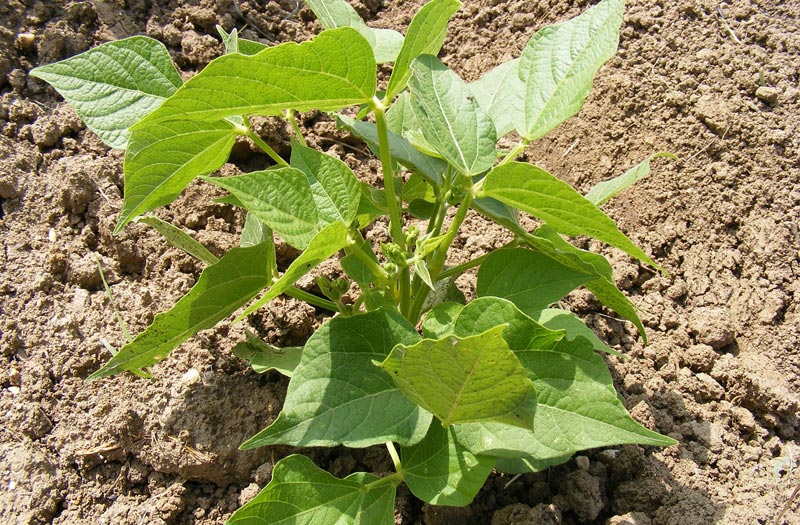

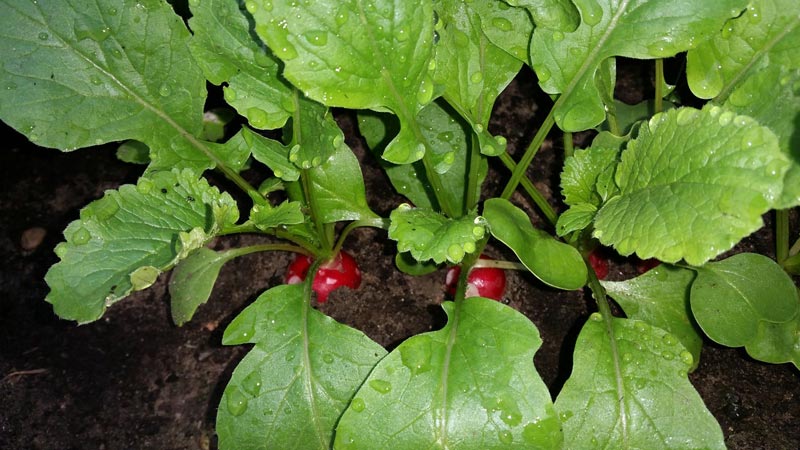
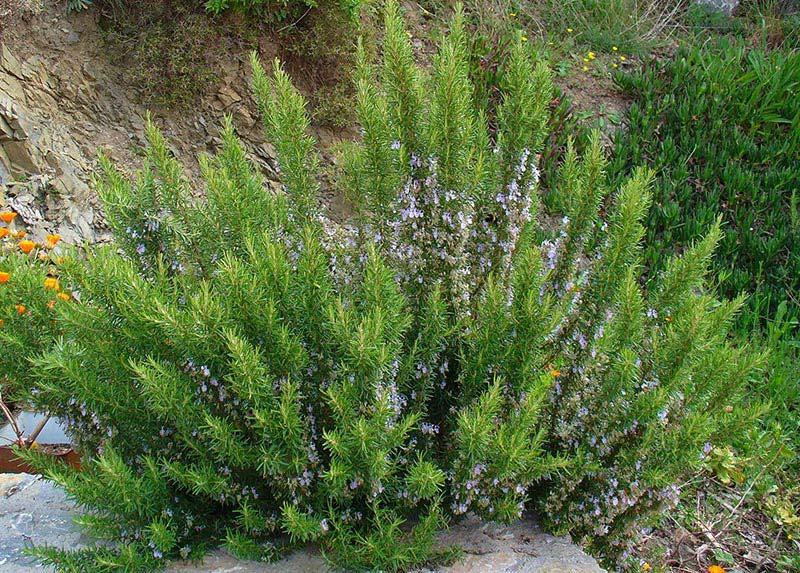
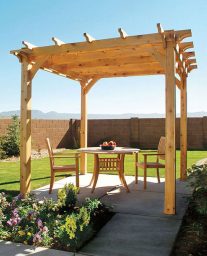
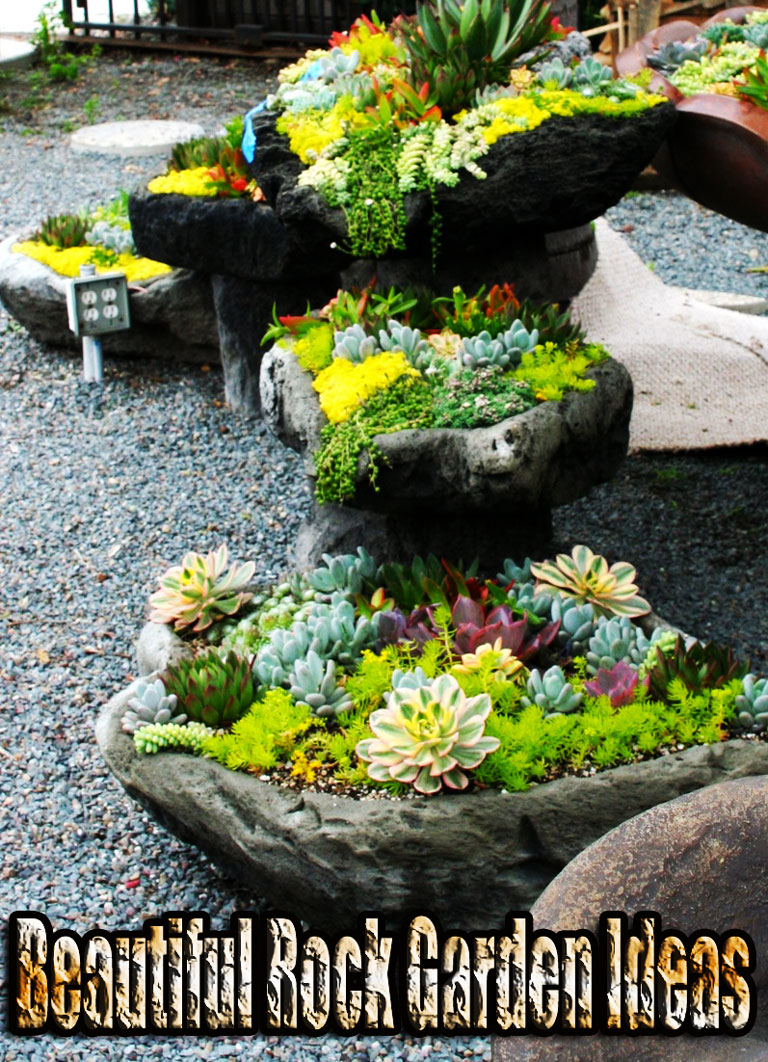
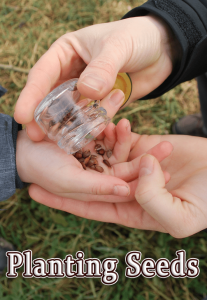
Leave a Reply